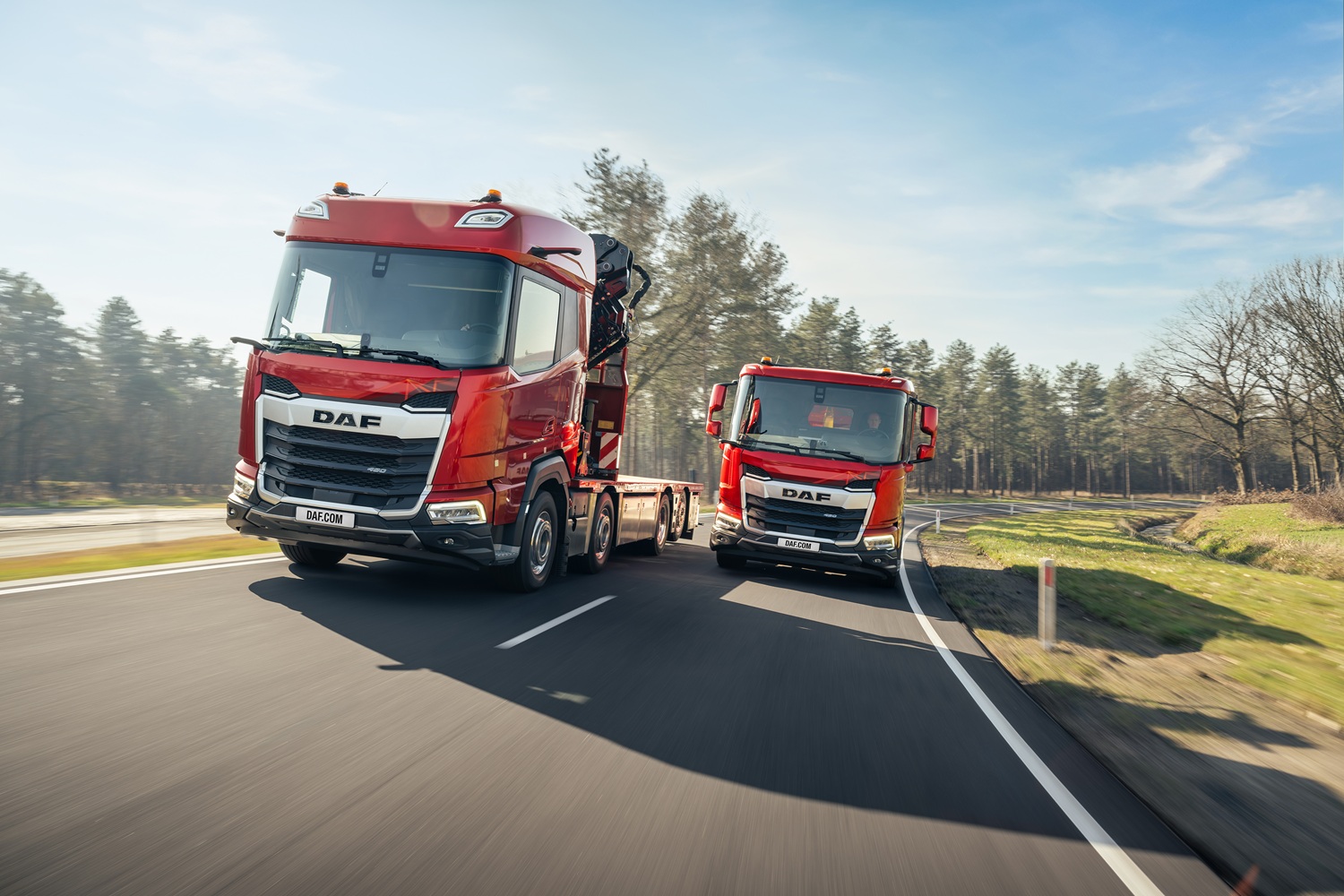Environmental impact of DAF trucks made transparent
It is common knowledge that electric trucks emit less CO2 than diesel trucks. For a fair comparison, you need to look beyond tailpipe emissions and also take into account, for example, the CO2 emissions generated during the production of both the vehicles and their fuel: electricity and diesel. Such comparisons can be found in the new sustainability report from truck manufacturer DAF. They are based on calculations by Partners for Innovation.

On paper, it all seems very simple. If you take to the road in an electric truck, you don’t emit any CO2, whereas a diesel truck does. But that’s not entirely true. Electricity has to be generated first. The question is: how does that happen?
DAF published its annual sustainability report in May. It contains all kinds of graphs and statistics to provide insight into the environmental impact of different truck types. These are based on Life Cycle Assessments (LCAs), carried out in close collaboration with Partners for Innovation.
For fuel, the calculation is made ‘from Well to Wheel’, i.e. from the source of the energy to the propulsion of the truck. For diesel, this means looking at refining, transport to the pump and combustion of the diesel in the truck’s engine. For electricity, the generation, storage and transport of the electricity are taken into account.
Calculations for electric driving also take into account the ‘energy mix’ of the country in which the car will be driven. For example, if you drive an electric car in a country where most of the electricity is still generated from coal or lignite, you will have much higher CO2 emissions as a result of driving than if you do so in a country that generates a lot of green electricity.
Ten years of collaboration
The collaboration between DAF and Partners for Innovation has been going on for about ten years. “In the beginning, we asked Partners for Innovation to create a separate LCA for all the individual parts of a truck. We wanted to see which parts offered the most potential for improvement and how. Since there are more than a thousand parts in a truck, this was quite a lengthy process. Thanks to training and the eco-design tool we developed with Partners for Innovation, DAF engineers can now assess for themselves where there is still room for improvement in terms of efficiency and environmental performance,” said a spokesperson for DAF.
This approach was later modified. “No one buys a truck because a particular component is so economical or environmentally friendly. It’s about the sum of all those components. For several years now, we have been having an LCA carried out on the entire truck – which is quite a challenging task. Nevertheless, we expect this approach to provide a much more honest and reliable picture of our products. When we compare our results with internationally published studies, I believe we are on the right track. We can now use this data to become even more sustainable,” the spokesperson added.
European standards needed
The way in which companies carry out LCAs sometimes differs from one another. The European Union would like to see this change. It would therefore be more logical to start using a standard method, so that trucks from different companies can be compared even more effectively. The European Union has taken the initiative to develop a uniform LCA method for vehicles. Manufacturers provide input and constructive feedback to the EU to help develop this into a method that is workable and representative.
The need for greater insight does not come solely from regulatory bodies such as the European Union, according to the DAF spokesperson. “There is also a growing demand among suppliers, employees, and customers for good information about sustainability. They would prefer to see real concrete improvements in this area.”
Want to
know more?
Contact us!



